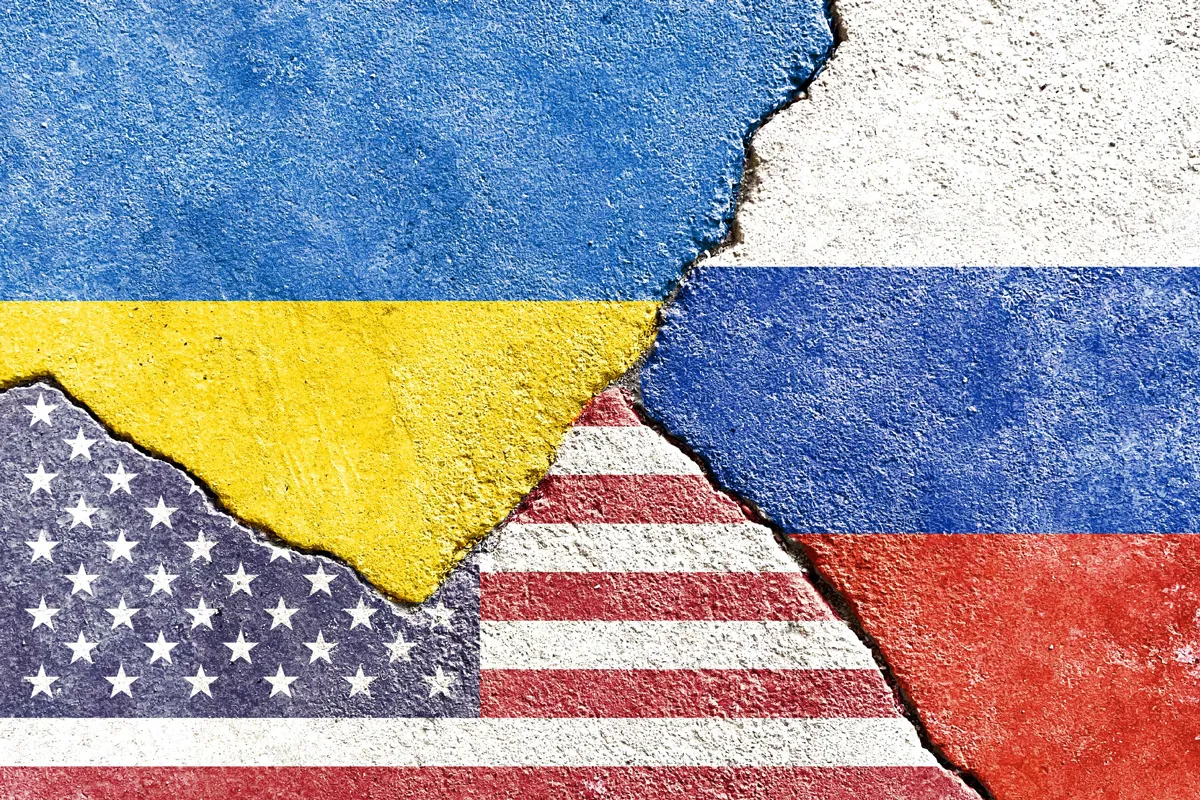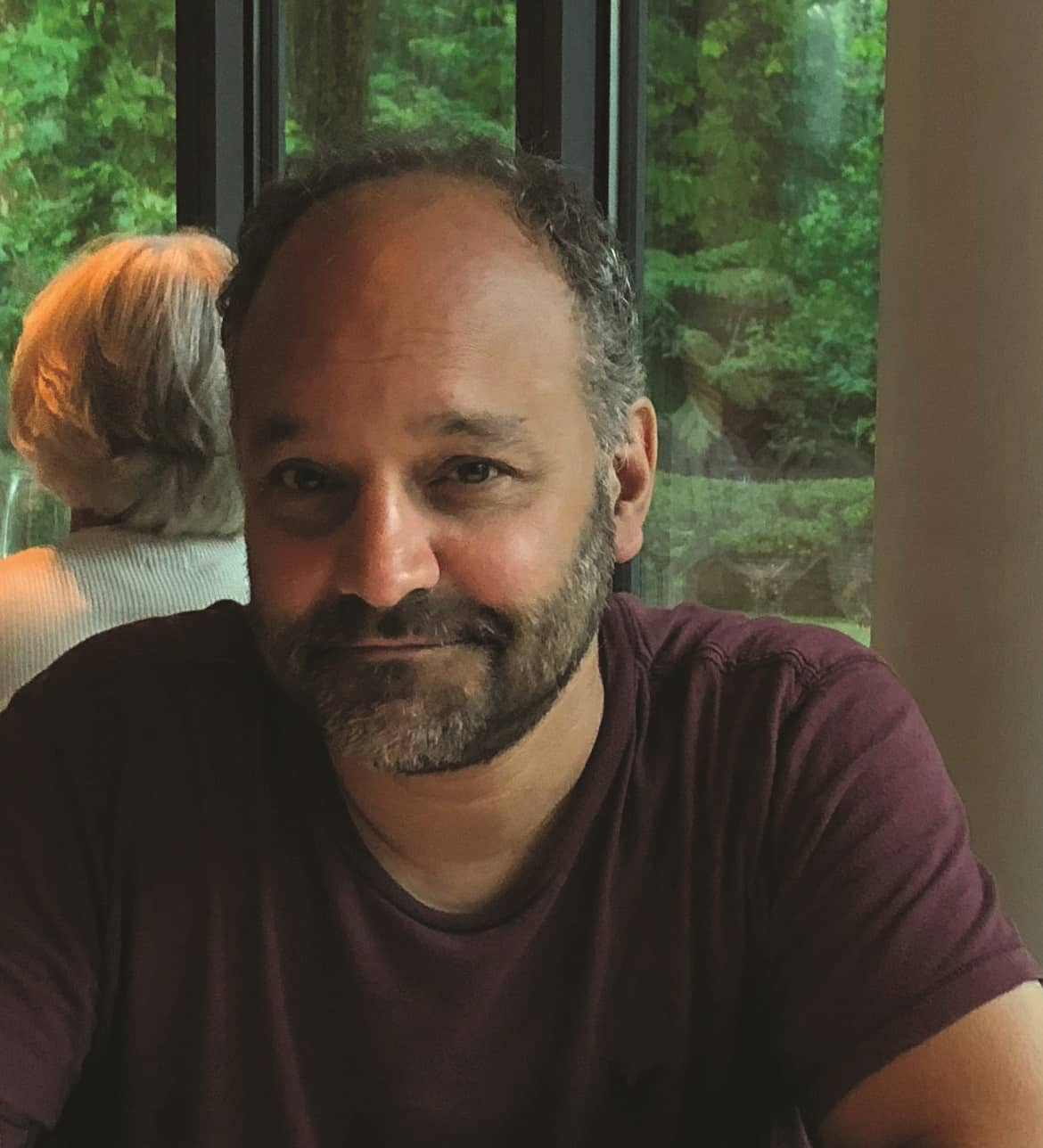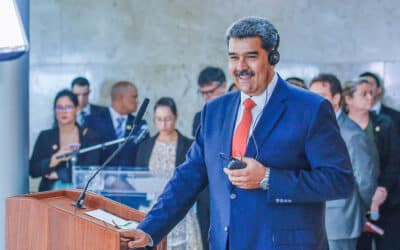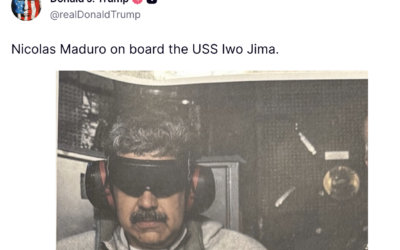Though they are being fought in the confusion of a single catastrophic conflict, there are four closely related, but distinct, wars being fought in Ukraine. The first is the war within Ukraine. The second is the war between Russia and Ukraine. The third is the proxy war between NATO and Russia. And the fourth is the direct war between the United States and Russia. Deconstructing this single conflict into its four real wars may be necessary to understand the issues that must be resolved if a negotiated settlement is to be possible.
The latent domestic problems that have been ripped open by this war are not new. They are the torn fabric of the Ukrainian nation. They go back long before the war, and the war will not be safely resolved before they too are finally resolved.
Ukraine has always been a nation divided: northwestern and central Ukraine, which had once been part of the Polish-Lithuanian Commonwealth and then the Austro-Hungarian Empire, have always faced west to Europe; the southeast, long part of the Russian Empire, has always faced east to Russia. Historically, western Ukraine has voted for presidential candidates with European-oriented policies, and eastern Ukraine has voted for presidents with Russian-oriented policies. It is a national tug-of-war that always risked ripping the country in two.
The tug-of-war became overt during the 2004 election between Viktor Yanukovych and his Russian-leaning eastern base and Vikto Yushchenko and his American and European-leaning western base. When Yushchenko was forced to appoint Yanukovych as his prime minister, the nation and its government was being dangerously pulled in opposing directions.
For the first time, the nationalist view that saw only western, European Ukraine as truly Ukrainian was represented, through Yushchenko, in government. It polarized the nation. Soon his was the most unpopular government in the history of Ukraine, and six years later, Yushchenko would receive only 5.5% of the national vote. Yanukovych’s subsequent election was a bitter defeat for the nationalists. Nicolai Petro, Professor of Political Science at the University of Rhode Island and the author of The Tragedy of Ukraine, says that “it was seen as a betrayal that proved that elections alone could no longer be relied upon to guarantee Ukrainian independence.” That set the stage for the coup four years later.
The U.S. sponsored coup of 2014 took Yanukovych, who was acceptable to Russia, out of power and replaced him with a Western-leaning president who was hand picked by Uncle Sam. The western and nationalist participants in the coup saw it as a vehicle to pull Ukraine back from Russia and return it to its European-Ukrainian identity. Petro quotes Igor Guzhva, who says that “for the first time in modern Ukrainian history, a change of regime had taken place through the assault of one part of the country on the rights of another.” The ethnic Russian regions of Ukraine had been defeated in a coup.
The new government guaranteed amnesty for all acts of violence that defended the coup. (There were many.) Petro explains that the new government had to rely on radical, nationalist elements and their militias. The ethnic Russians of the Donbas would subsequently suffer attacks on their language, their culture, their rights, their property, and their lives.
The first elected government after the coup, the government of Pyotr Poroshenko, became, in Petro’s words, the “prime sponsor…of Ukrainian nationalism.” Richard Sakwa, Professor of Russian and European Politics at Kent, says, “Poroshenko inherited a government largely made up of militants.” His government represented “a monist vision of Ukraine statehood that denied the pluralist alternative demanded by the Donbas…”
The Donbas rebelled against the coup government, and by May 2014 had approved referendums declaring some form of autonomy. The war within Ukraine had begun.
It was the U.S. supported coup that exploited the inherent rip in Ukraine and was the catalyst for the first war.
If the U.S. bears a large share of the blame for the war within Ukraine, Russia bears the blame for the war between Russia and Ukraine.
That is not to accept the Western mantra of the “unprovoked” war. Russia has legitimate security concerns and may truly have felt that, in the words of its ambassador to the U.S., they had “come to the point when we have no room to retreat.” But that does not justify the assault on Ukraine. The war was a choice made by Russia without authorization by the United Nations or an immediate need for self-defense. It is an illegal war. And Russia bears responsibility for starting it.
In a February 7 opinion piece in The New York Times, Christopher Caldwell asks, “Russia started the war between Russia and Ukraine. Who started the war between Russia and the United States?”
The U.S. and its NATO allies are providing Ukraine with the money, the weapons, the training, the intelligence, and the targeting to fight Russia. They are providing the plans and the war-games. They are providing an ever-increasing list of advanced weapons that cross previously self-imposed red lines. Russian Foreign Minister Sergei Lavrov has said that “NATO, in essence, is engaged in a war with Russia through a proxy and is arming that proxy. War means war.” The speaker of the Russian Duma drew a similar conclusion: “The U.S. is taking part in the military operations in Ukraine. Today, Washington is basically coordinating and engineering military operations, thus directly participating in the military actions against our country.”
In his Times piece, Caldwell points out that “In an age of smart devices, robotics and remote control, the United States’ involvement in the war has always been greater than it appeared.” He explains that “Most of the new weapons’ destructive power comes from their being bound into an American information network…So the United States is participating in these military operations at the moment they happen. It is fighting.”
So, the U.S. and NATO bear their share of responsibility for the proxy war against Russia militarily. But they also bear responsibility diplomatically. Twice, in March and April 2022, Ukraine and Russia were ready to negotiate an end to the war that satisfied both their interests. But twice the U.S. and the United Kingdom intervened and put an end to these negotiations.
Up to that moment, the war between Russia and Ukraine was Russia’s responsibility; from that moment on, the U.S. and the UK shared responsibility. The war was now being fought, not to defend Ukraine’s interests, but to advance American and NATO interests in “a war that is in many ways bigger than Russia [and] bigger than Ukraine,” in the confessional words of State Department spokesman Ned Price.
It is the United States that bears the bulk of responsibility for its proxy war against Russia.
“The CIA argued that…it would have to be covert…Everyone understood the stakes…If the attack were traceable to the United States, ‘it’s an act of war.’”
According to reporting by Seymour Hersh, this was the internal discussion in the United States government before it decided to to attack the Nord Stream pipeline, jointly operated by Russia and Germany, on September 26, 2022.
If Hersh is correct, the U.S. is responsible for the, until now unknown, direct war on Russia. “It’s an act of war,” as the members of the Biden authorized task force, which was headed by National Security Advisor Jake Sullivan and included representatives of the Joint Chiefs of Staff, the CIA, the State Department and the Treasury Department, were fully aware.
Their first meeting was held in December 2021. Hersh points out that the timeline reveals that President Biden had begun planning an act of war against Russia “two months before the first Russian tanks rolled into Ukraine.”
The United States is responsible for the direct war on Russia.
There are four wars being fought at once in the war in Ukraine. Russia bears responsibility for the one that gets all the media attention: Russia’s war on Ukraine. But Washington bears significant responsibility for the three wars that don’t get enough attention: the war within Ukraine, the proxy U.S. and NATO war on Russia, and the direct U.S. war on Russia. If a comprehensive and lasting settlement to the war in Ukraine is to have a chance of succeeding, it may be necessary to analyze the war into its four related, but distinct, conflicts and to come to understand the causes and issues behind each.
































